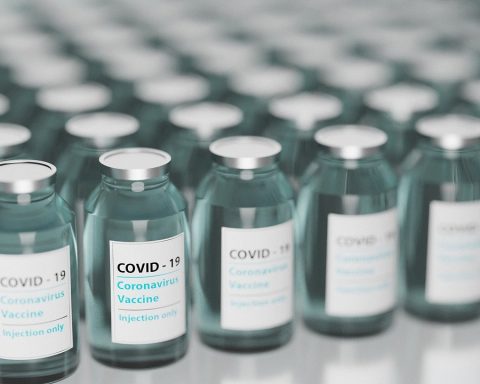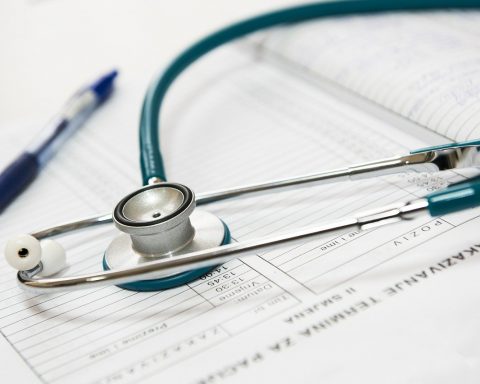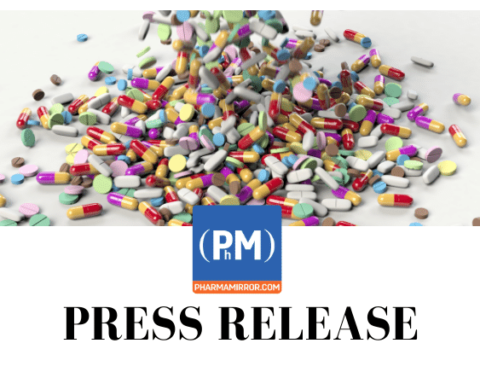Unlike generic medicines where the active ingredients are identical, biosimilars – by definition – are not likely to be identical to the originator biologic. They are similar, but not the same. Biologics made by different manufacturers differ from the original product and from each other.
Biosimilars are not expected to be direct copies of biologic medicines and are therefore not the same as generic drugs. Due to the complex structure of biologic medicines and the processes involved in production, biosimilars must be shown on the basis of analytical, non-clinical and clinical data to be similar to an original biologic in terms of structural characteristics, and safety and efficacy. Minor differences with the active ingredient are expected and permitted so long as any such differences are demonstrated not to be clinically meaningful.
The patents of a growing number of biologic medicines have already expired or are due to expire, which has led to an increased interest in the development of biosimilars.
Biosimilar Definition by WHO (The World Health Organization):
“A biotherapeutic product which is similar in terms of quality, safety and efficacy to an already licensed reference biotherapeutic product.”
Biosimilar Definition by US FDA (Food and Drug Administration):
‘A biological product that is highly similar to a U.S. licensed reference biological product notwithstanding minor differences in clinically inactive components, and for which there are no clinically meaningful differences between the biological product and the reference product in terms of the safety, purity and potency of the product.
Biosimilar Definition by EMA (The European Medicines Agency):
A biological medicine that is developed to be similar to an existing biological medicine (the ‘reference medicine’). When approved, a biosimilar’s variability and any differences between it and its reference medicine will have been shown not to affect safety or effectiveness.
How do biosimilars differ from the original innovator medicines?
[wp_ad_camp_4]The active ingredient of a biosimilar is expected to closely resemble that of the original biologic. Unlike generic medicines (small molecules) where the active ingredient is required to be identical, the manufacturing process through which a biologic
(large molecule) is made cannot be exactly duplicated by another manufacturer. There are naturally occurring differences between an originator and biosimilar medicine:
- Biologic medicines are not made using a set of standard materials, but are developed using unique biological systems and living cells. As a result, the active ingredient is impossible to recreate exactly and the selected cell lines from which the biologic medicine originates are unique to each manufacturer.
- The manufacturing process for biologic medicines is generally more complex than manufacturing processes for chemical drugs. Unlike small molecule drugs, biologic medicines are produced in genetically-engineered living cells that are sustained in a highly-controlled environment. The protein produced by the cells will be influenced by individual cell characteristics as well as the environment and nutrients provided.
- Each manufacturer has different processes that create distinctive characteristics in the product, which are specific to the manufacturer. This creates a unique relationship between a biologic’s manufacturing process and the final product approved by regulators.
[wp_ad_camp_1]
Reference
- World Health Organization. Expert Committee on Biological Standardization. Guidelines on Evaluation of Similar Biotherapeutic Products (SBPs).
- European Medicines Agency.Questions and Answers on biosimilar medicines (similar medicinal products).
- U.S. Food and Drug Administration. Guidance for Industry: Quality considerations in demonstration biosimilarity to a reference protein product. Washington DC : U.S. Food and Drug Administration, 2012.
- Schellekens, H.Biosimilar therapeutics – what do we need to consider? 2009, NDT Plus, 2, (Suppl 1), pp. i27-i36
- Mellstedt, H., et. al.The challenge of biosimilars. Annals of Oncology 19. March 2008, pp. 411-419.
- EuropaBio. Guide to Biological Medicines. A Focus on Biosimilar Medicines.
- Biologics and biosimilars | An overview. Amgen Inc. One Amgen Center Drive. Thousand Oaks, CA 91320-1799









[…] the development of generic medicines, biosimilar manufacturers are expected to need to invest in clinical trials, manufacturing and post-approval […]